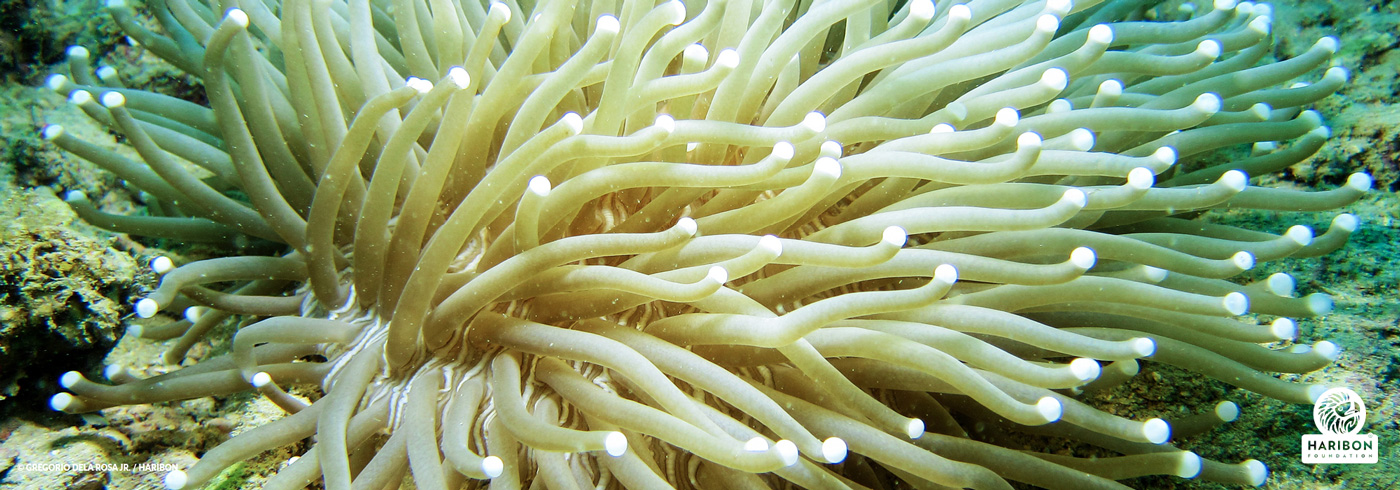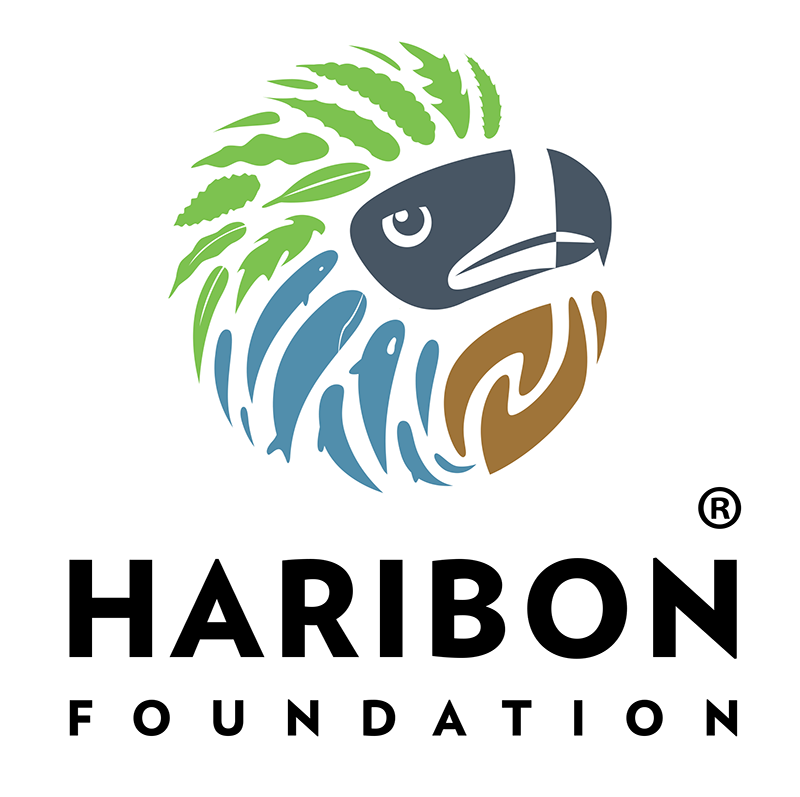By Eric Dorente.
Ever heard of the Philippines being the “center of the center” of marine biodiversity? Various reasons contribute to this, with scientists from all over the world taking the “pilgrimage” to the archipelago, discovering new species during every trip.
Why is the Philippines considered such a center for marine life? What does this mean exactly? And what are some basic information on Philippine marine biodiversity? Here are some good places to start.
First off, it’s important to note that the Philippines is located in a spot in the globe called the “Coral Triangle,” an area of tremendous importance because it is recognized as the global center for marine biodiversity. It includes portions of the waters of the Philippines, Malaysia, Indonesia, Timor Leste, Papua New Guinea and Solomon Islands which, looking at it on a map, very roughly resembles a triangular region.
The region is called the Coral Triangle due to the large number of corals in the area. But if the region is the center of global marine biodiversity, the center of this center is no other than the Philippines, and the Philippines’ marine resources are made up not just of coral reefs but “seagrass beds, mangrove and beach forests, fisheries, invertebrates, seaweeds, marine mammals and many others” (The 4th National Report to the Convention on Biological Diversity, 2009, p. 45).
The idea of being “the center of the center” came out of a study by Kent Carpenter and Victor Springer in 2005, where they noted that there is a higher concentration of species per unit area in the Philippines than anywhere else in this region. The Philippines is also the center of the center of marine shore fish diversity in the world.
But just how rich?
Here are just some fun facts, as mentioned in the Philippines Fourth National Report to the Convention on Biological Diversity (2009):
In the Philippines there are “468 scleractinian corals, 1,755 reef-associated fishes, 648 species of mollusks, 19 species of seagrass and 820 species of algae (Fishbase 2008, BFAR-NFRDI-PAWB, 2005)”“Fishbase records indicate that the country harbors about 3,212 fish species (list still incomplete), 731 of which are considered commercially important”The Philippines has the second highest seagrass diversity in the world, second only to Australia.
Due to the country’s marine biodiversity richness, conservationists have advocated its becoming a special focus of marine conservation efforts. Threats to Philippine marine biodiversity have been grouped into five major categories – chemical pollution and eutrophication, fisheries operations, habitat alteration, invasion of alien species and global climate change. Primary threats are habitat loss due mostly to destructive human activities such as mining, logging and hazardous and solid waste disposal.
For its part, Haribon has led the identification of major conservation problems in marine biodiversity. Currently, through the “Evolutionary Distinct and Globally Endangered Coral Project,” it is also conducting research to determine the status of species, and just recently concluded some conservation work in Burdeos, Quezon.


